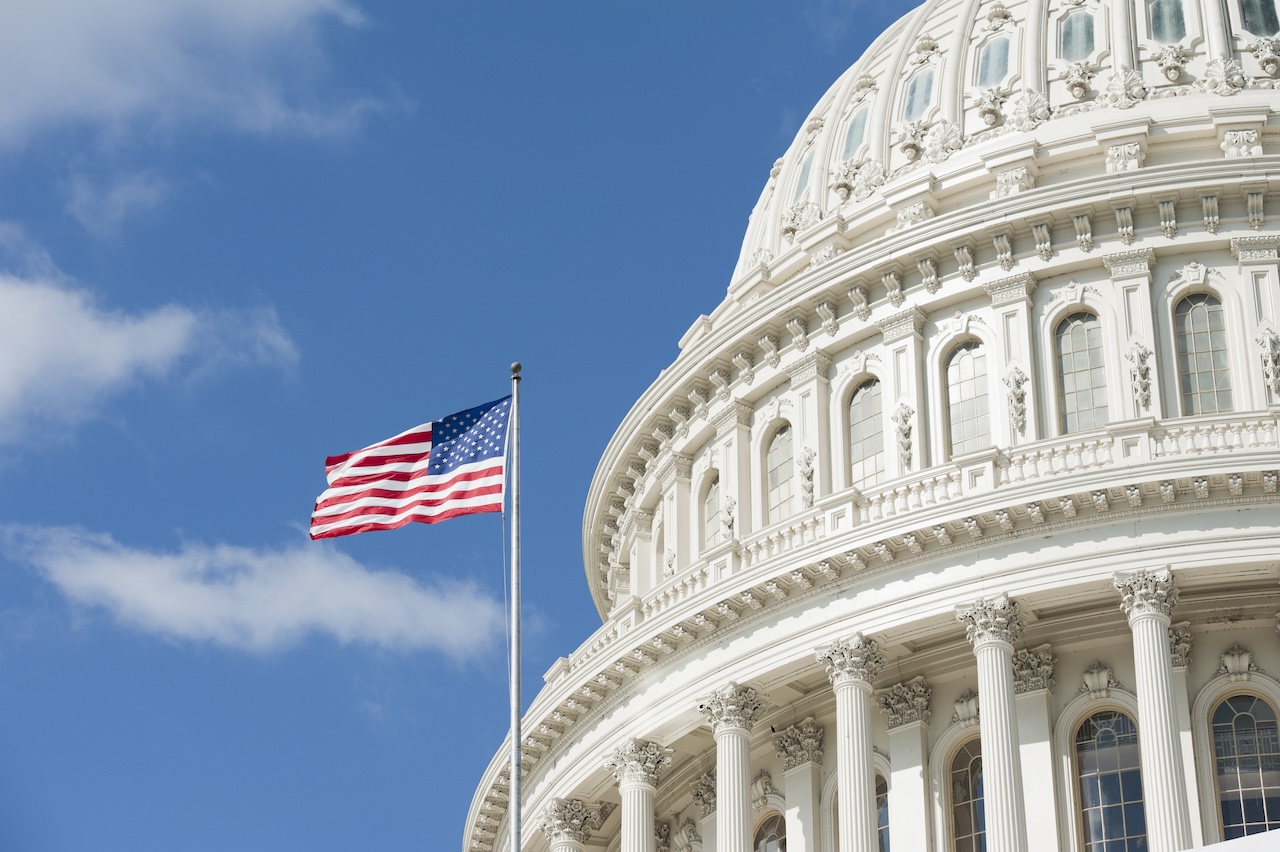Axiell’s Amanda Sorensen discusses how the aggregation of museum and archive collections data – in particular cultural and natural history collections – can support research, collaboration and the ability for communities to connect with their heritage. Amanda discusses some working examples from North America, as well the importance of considering museums’ collonial history
A recent article published in Science by Kirk R. Johnson, Ian F. P. Owens, and the Global Collection Group argues for the aggregation of collections held in natural history museums around the world, discussing that these collections “provide a window into the planet’s past and present, and they are increasingly being used to make actionable predictions relative to climate change, biodiversity loss, and infectious disease.”
The authors cite the independent nature of natural history museums as a detriment in understanding global natural history collections, which can often result in collections that are not interoperable, digitally findable, or accessible. The article advocates for collaborative collecting and stewardship policies amongst natural history museums and partners to “support global sustainability, biodiversity, and climate frameworks and identify critical gaps that might preclude such impact.” Mentioning briefly how digital access to cultural collections can serve revitalization and return efforts, the article touches upon wide ranging issues, spanning digital infrastructures, the changing role of museums, and the ethical dimensions surrounding cultural and natural history collections.
In this reflection, I use this Science article as a jumping off point to explore in greater detail tandem efforts that aggregate cultural collections, a portion of the collections these authors discuss. Many of the projects I describe aim to support increased digital and physical access for descendant communities specifically, collaborative stewardship, and revitalization and return efforts. In turn, I touch on the ethical nuances and social implications of aggregating collections and identify the role software can play, if done with care, respect, and relationships at the forefront.
Aggregated Cultural Heritage Database Systems: Case Studies of the RRN, GKS, and SNAC
Similar work to aggregate cultural collections has been motivated to support return and collaborative stewardship, as guided by descendant community priorities and goals. Settler colonial systems and their ongoing legacies have resulted in archival and museum collections that are held in dispersed heritage institutions, removed from their descendant communities and largely inaccessible to these communities due to issues of digital discovery, including harmful, outdated language use, catalog backlogs, and intimidating or unintuitive search tools. Recognizing these challenges, multiple communities, academics, and heritage institutions are endeavoring to develop and/or shape aggregating databases to support descendant communities’ priorities and goals.
The Reciprocal Research Network (RRN) was developed by the Musqueam Indian Band, U’mista Cultural Society, Stó:lō Nation and Tribal Council, and the Museum of Anthropology at the University of British Columbia. The RRN allows users to (re)search cultural materials held at 29 institutions from one interface. Developers aimed to build “an online tool to facilitate reciprocal and collaborative research about cultural heritage from the Northwest Coast of British Columbia,” to enable “communities, cultural institutions, and researchers to work together.” Spurred by a 2001 grant, the development team intended the RRN to reduce barriers to digital collections access by 1) aggregating collections from multiple institutions into one interface, and 2) making search interfaces approachable (i.e. limiting museum terminologies to make the interface less intimidating for those unfamiliar with museum practices and systems). Within the grant application that led to the development of the RRN, partners described their vision for the system: “for community researchers, the RRN will revolutionize access to artifacts, images, and knowledge.” The RRN has facilitated greater communication between Indigenous researchers and community members with institutions, leading to discussion on what materials are appropriate to be included within the RRN database.
Within a similar vein, the Great Lakes Research Alliance for the Study of Aboriginal Arts and Culture (GRASAC), including members representing museums and Indigenous organizations, has developed a database with the intention to build “methodologies for multi-vocal and democratized knowledge creation through digital circulation and collaborative research.” The resulting relational database system, GKS (GRASAC Knowledge System), is used to connect Great Lakes Indigenous peoples with their heritage materials and to support collaborative museum collections research, resulting in “data-rich records that stand in stark contrast to the typically data-starved records of most museums.” Under the leadership of Alan and Mary Ann Corbiere, the GRASAC team is using GKS to support and realize Anishinaabemowin language revitalization goals through multimedia language capacities linking audio and video files to GKS heritage records.
Social Networks, Archival Contexts (SNAC) is another aggregation tool that aims to connect disparate archival collections. An IMLS-funded research project is working to pilot SNAC in support of improving the discovery of Indigenous archival materials held in colonial institutions for Indigenous researchers and community members. Together, the grant team and the Indigenous Description Group (formed under SNAC’s Editorial and Standards Working Group in 2022) have identified priorities for developing more appropriate methods of archival description with SNAC, including expanding MARC and Library of Congress Subject Headings to include a comprehensive list of Indigenous languages, updating SNAC records to the preferred names of sovereign Tribal Nations, and building more accurate relationship descriptors that reflect power dynamics.
When approached mindfully and with attention to process as critical to the product, aggregated collections systems may have the potential to support increased connections between cultural heritage materials and their descendant and originating communities, supporting potentials for return, language and cultural revitalization, and more robust, accurate, and appropriate cataloging descriptions and access. As the CMS provider of many, many natural history museums through Emu, Axiell is uniquely positioned to support and facilitate an aggregation search system to further the goals and priorities of descendant communities.
The Role of Software: Ethical and Social Nuances
In considering aggregated search systems, it is important to contextualize them within museum histories. Scholars of information sciences and anthropology respectfully, Kimberly Christen and Jane Anderson, describe that the “history of collection is the history of colonialism.” Many natural history museums, such as the Smithsonian National Museum of Natural History, began as institutions supporting and furthering settler colonial projects within North America and beyond. These museums attempted to build encyclopedic collections that systematically mapped life throughout the globe, often treating cultural materials as they would biological collections. Aggregating natural history collections across the world can easily further the original goals and mandates of these collecting institutions if not done intentionally, with purpose, and with relationships, ethics, and care at the center of such a project.
Past use of aggregators has often promoted wide access to collections at the expense of Indigenous knowledge sharing protocols. The importance of the how and the why, how an aggregation project across natural history museums is conducted and the motivations behind it, cannot be overstated. An aggregation project would benefit from clear, specific goals, such as working toward appropriate digital and physical access with descendant and originating communities, collaborative stewardship, and return. The FAIR (findability, accessibility, interoperability, and reuse) and CARE (collective benefit, authority to control, responsibility and ethics) guidelines can inform the directions of such a project. Scholars designed FAIR to provide leading practices in ensuring data can be reused in the future. Advanced by Indigenous Data Sovereignty research in response to ongoing harms committed by colonial governments against Indigenous peoples, CARE attends to the ethical dimensions of data, specifically issues of ownership and use. CARE does not solely apply to the Indigenous cultural collections held within natural history institutions, but also the biological, geological, etc. collections. For example, the Nagoya Protocol established by the United Nations Convention on Biological Diversity focuses on the “fair and equitable sharing of benefits arising from the utilization of genetic resources” related to biological diversity broadly.
In line with the RRN, the GKS, and SNAC, and informed by CARE and FAIR, an aggregated search system across natural history institutions can increase appropriate access to collections, supporting collaborative stewardship and research, revitalization projects, return, and collective benefit, when guided by associated social and ethical nuances. And Axiell can play a key role in developing and implementing the technical infrastructures to do so.




